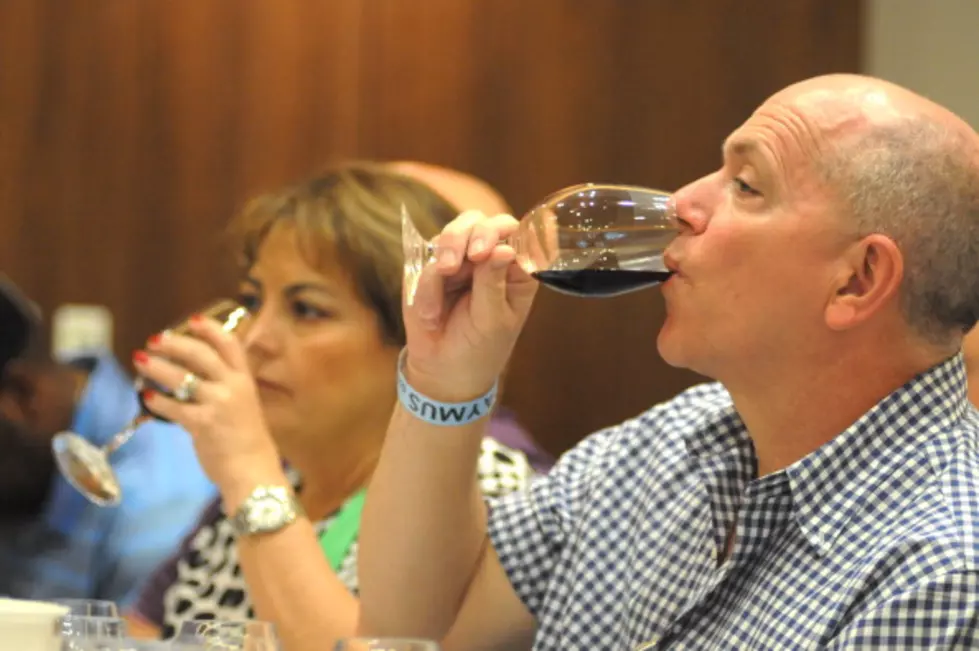
Freeze Warning Tonight in Yakima. What Can You Do To Be Prepared?
We just had a weekend with high temperatures in the 80s. A few weeks ago, the irrigation water in the Yakima Valley began to flow, sprinkler systems were checked out and put into service, and we adopted the full head of steam into spring.
Now, weather forecasters are sounding the alarm for a potentially costly battle with freezing temperatures, threatening crops, plants, flowers, sprinkler systems, and outdoor pipes.
Here's What The National Weather Service Wants You To Know:
...FREEZE WARNING IN EFFECT FROM MIDNIGHT TONIGHT TO 9 AM PDT
TUESDAY...
* WHAT...Sub-freezing temperatures of 28 to 32 expected.
* WHERE...Yakima Valley.
* WHEN...From midnight tonight to 9 AM PDT Tuesday.
* IMPACTS...Frost and freeze conditions will kill crops, other sensitive vegetation and possibly damage unprotected outdoor plumbing.
* ADDITIONAL DETAILS...Provide protection to temperature-sensitive vegetation.
NOAA Suggests the Following Precautions & Preparedness Actions:
Take steps now to protect tender plants from the cold. To prevent freezing and possible bursting of outdoor water pipes they should be wrapped, drained, or allowed to drip slowly. Those that have in-ground sprinkler systems should drain them and cover above-ground pipes to protect them from freezing.
Remember to Disconnect Hoses Outside:
I'm going to be sure to disconnect all of the outdoor hoses that I just rigged up this weekend on all outdoor faucets. This includes the ones connected to house water as well as those connected to irrigation water. Having a hose connected to the faucet will increase the likelihood of freezing any water inside. I had just removed the winterizing covers on all of those faucets and now I'll put them back on for the night, just to be safe.
Know Which Plants Need to be Protected:
We have several newly planted flowers and other plants in pots. Some of the not-so-hearty ones will come inside for the night. If, like mine, your thumb isn't particularly green, ask a knowledgeable friend or family member for suggestions or simply check with the nursery or store you purchased the plans from for information.
LOOK: The most expensive weather and climate disasters in recent decades
More From 94.5 KATS









